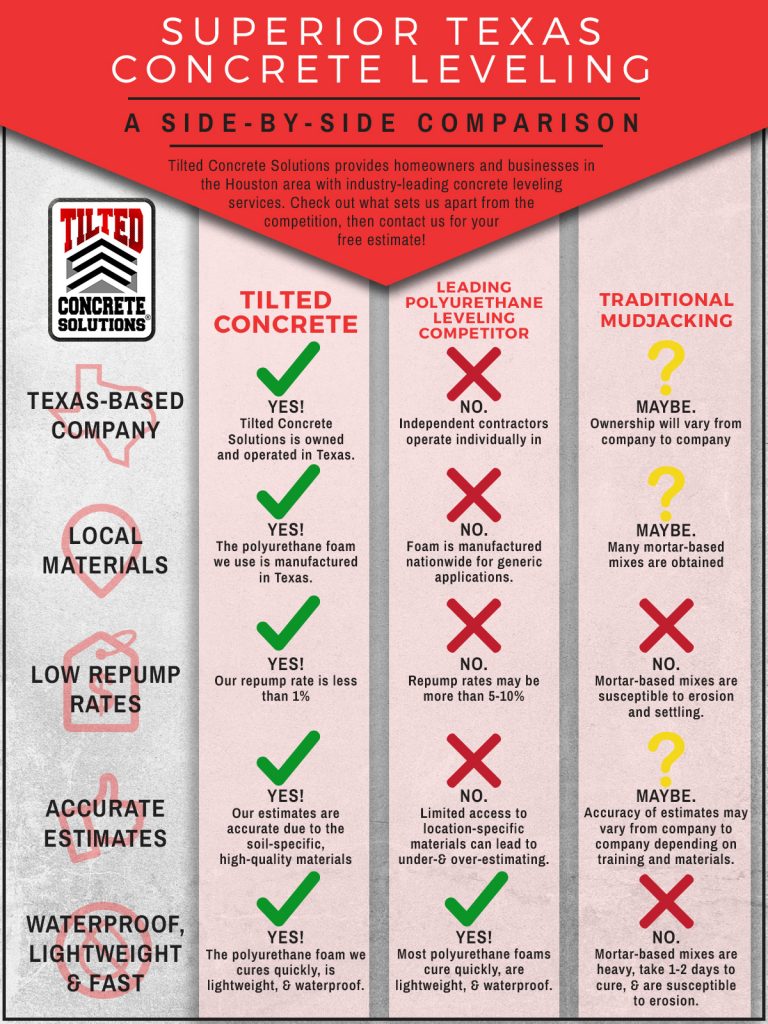Comprehending Seasonal Influences On Commercial Exterior Paint: Necessary Expertise For Success
Comprehending Seasonal Influences On Commercial Exterior Paint: Necessary Expertise For Success
Blog Article
Content Author-Ford Skafte
When you're planning a commercial outside paint project, seasonal factors can make or break your results. You'll intend to think about just how temperature and humidity influence paint application and drying out times. Choosing the appropriate period can guarantee your paint adheres effectively and lasts longer. Yet which periods are truly the best for this sort of work? Let's check out the key elements that can impact your task's success.
The Influence of Temperature Level on Paint Application
When you're preparing a business external painting task, the temperature can considerably affect how well the paint adheres and dries.
Preferably, you want to paint when temperatures vary between 50 ° F and 85 ° F. If commercial painting company minnesota 's as well chilly, the paint may not treat effectively, resulting in issues like peeling or cracking.
On the other hand, if it's too hot, the paint can dry also quickly, preventing correct bond and leading to an irregular surface.
You ought to likewise consider the time of day; early morning or late afternoon provides cooler temperature levels, which can be a lot more beneficial.
Always inspect the producer's recommendations for the details paint you're using, as they usually supply advice on the optimal temperature range for optimal results.
Humidity and Its Result on Drying Times
Temperature isn't the only ecological element that influences your commercial external painting job; moisture plays a considerable role also. High moisture levels can slow down drying times significantly, impacting the overall top quality of your paint job.
When the air is saturated with wetness, the paint takes longer to cure, which can lead to problems like poor adhesion and a greater threat of mildew growth. If you're repainting on a specifically humid day, be prepared for prolonged delay times between layers.
It's crucial to monitor regional weather conditions and plan accordingly. Ideally, aim for moisture degrees in between 40% and 70% for ideal drying.
Maintaining these factors in mind guarantees your task stays on track and supplies a lasting surface.
Best Seasons for Commercial Exterior Paint Projects
What's the most effective season for your business external painting jobs?
Springtime and very early fall are commonly your best choices. During these seasons, temperatures are mild, and moisture degrees are typically lower, developing suitable conditions for paint application and drying out.
Prevent summer season's intense heat, which can create paint to dry as well rapidly, resulting in poor bond and coating. Similarly, wintertime's chilly temperatures can prevent proper drying and treating, taking the chance of the longevity of your paint work.
Aim for days with temperature levels in between 50 ° F and 85 ° F for optimal outcomes. Bear in mind to inspect the regional weather report for rainfall, as wet conditions can wreck your project.
Preparation around these factors ensures your painting task runs smoothly and lasts longer.
Conclusion
In conclusion, planning your industrial external painting jobs around seasonal factors to consider can make a significant distinction in the result. By click the up coming website throughout the perfect temperatures and moisture degrees, you'll guarantee far better attachment and drying out times. Remember to watch on Discover More and choose the right time of year-- spring and very early fall are your best bets. Taking these steps will assist you achieve a sturdy and professional finish that lasts.
